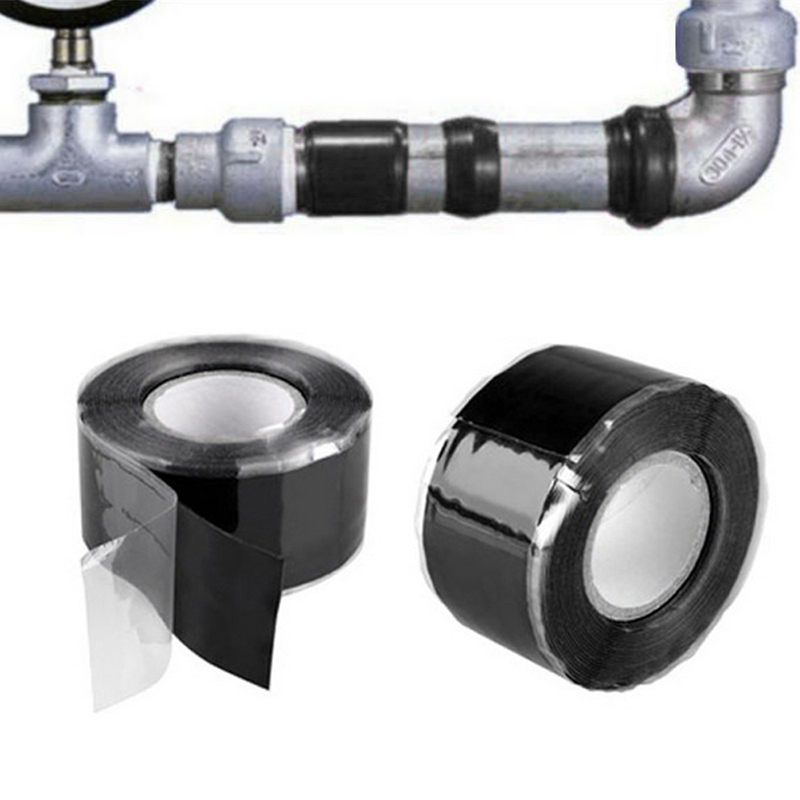self amalgamating tape
Back to list
Feb . 13, 2025 12:28
Self-amalgamating tape, also known as self-fusing tape, is an indispensable tool for electricians, plumbers, and DIY enthusiasts due to its unique properties. Unlike common adhesive tapes, self-amalgamating tape has no sticky side. Instead, it fuses to itself when stretched and wrapped, creating a reliable, waterproof, and insulating bond. This guide explores the utility of self-amalgamating tape, its applications, and step-by-step instructions on how to utilize it effectively.
4. Stretch and Overlap While wrapping, stretch the tape to approximately double its relaxed length. This activates the silicone or rubber compounds, initiating the self-bonding process. An overlap of about half the tape’s width is recommended for optimal results, ensuring a tight seal. 5. Finishing Complete the wrap by ensuring the end of the tape is pressed firmly against the underlying layers. This final touch stimulates bonding, integrating the whole wrap into a singular mass. Expert Tips - In electrical applications, choose a tape with a voltage rating suitable for your project to ensure safety. - For marine and outdoor uses, opt for UV-resistant variants to prevent degradation by sunlight exposure. - Store the tape in a cool, dry place when not in use to maintain its effectiveness over time. Authoritative Insights Within the industry, professionals recognize self-amalgamating tap as a go-to solution due to its resilience and versatility. Studies have highlighted its superior long-term adhesion, particularly in environments where conventional tapes fail. For instance, in HVAC systems where temperature fluctuations are common, its ability to maintain integrity sets it apart. Trust and Reliability Numerous certifications endorse the tape's safety and performance standards, further establishing its credibility. Always check for these certifications when purchasing to ensure compliance with industry standards and to ensure your work upholds this credibility. Conclusion Self-amalgamating tape’s unique properties make it a vital tool across various industries. Its self-bonding attributes offer a robust, reliable solution for electrical insulation, plumbing repairs, and more. By following proper application techniques, one can harness its full potential, ensuring efficiency, safety, and longevity. Explore different types and grades of this tape to find one that fits your specific needs, allowing you to execute projects with confidence and precision.


4. Stretch and Overlap While wrapping, stretch the tape to approximately double its relaxed length. This activates the silicone or rubber compounds, initiating the self-bonding process. An overlap of about half the tape’s width is recommended for optimal results, ensuring a tight seal. 5. Finishing Complete the wrap by ensuring the end of the tape is pressed firmly against the underlying layers. This final touch stimulates bonding, integrating the whole wrap into a singular mass. Expert Tips - In electrical applications, choose a tape with a voltage rating suitable for your project to ensure safety. - For marine and outdoor uses, opt for UV-resistant variants to prevent degradation by sunlight exposure. - Store the tape in a cool, dry place when not in use to maintain its effectiveness over time. Authoritative Insights Within the industry, professionals recognize self-amalgamating tap as a go-to solution due to its resilience and versatility. Studies have highlighted its superior long-term adhesion, particularly in environments where conventional tapes fail. For instance, in HVAC systems where temperature fluctuations are common, its ability to maintain integrity sets it apart. Trust and Reliability Numerous certifications endorse the tape's safety and performance standards, further establishing its credibility. Always check for these certifications when purchasing to ensure compliance with industry standards and to ensure your work upholds this credibility. Conclusion Self-amalgamating tape’s unique properties make it a vital tool across various industries. Its self-bonding attributes offer a robust, reliable solution for electrical insulation, plumbing repairs, and more. By following proper application techniques, one can harness its full potential, ensuring efficiency, safety, and longevity. Explore different types and grades of this tape to find one that fits your specific needs, allowing you to execute projects with confidence and precision.
Latest news
-
XIANGFAN Rubber Tape-Ultimate Solutions for All Your Insulation NeedsNewsJun.24,2025
-
XIANGFAN Rubber Tape-Protection for Industrial and Residential ApplicationsNewsJun.24,2025
-
XIANGFAN Rubber Tape: Superior Safety and Sealing for Demanding EnvironmentsNewsJun.24,2025
-
XIANGFAN Rubber Tape: Reliable Solutions for Every Electrical ChallengeNewsJun.24,2025
-
XIANGFAN Electrical & Industrial Tape: Powering Reliability Across IndustriesNewsJun.24,2025
-
XIANGFAN Electrical & Industrial Tape: Excellence in Every ApplicationNewsJun.24,2025
